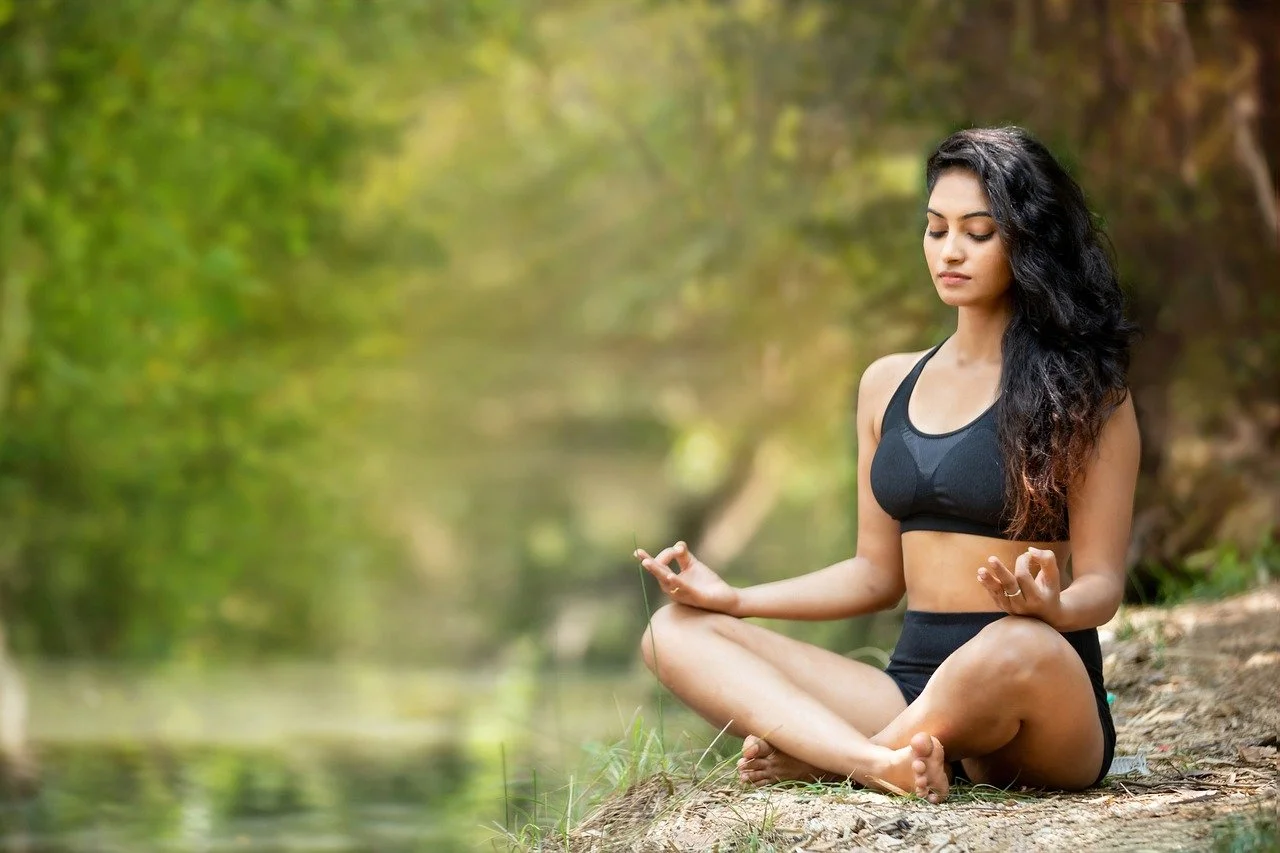Finding Balance: Natural Ways to Deepen Your Yoga Experience
Although many focus on the physical aspects, the true magic of yoga lies in embracing it as a holistic experience, a connection between the body, mind, and spirit. Such an approach does not require expensive equipment or complex techniques. You can focus on simple but effective habits that help align your practice with your intentions. Here is a detailed guide.
How to Deepen Your Yoga Experience
Mindful Movement
Intentionality transforms physical movements into a meditative experience. Each pose requires a focus on alignment and awareness of the body’s sensations. It minimizes the risk of injury and enhances the connection between mind and body. For example, visualizing the muscles you activate during a pose helps you refine your technique and engage with precision.
Moving slowly and deliberately offers an opportunity to explore poses more deeply. You notice the subtleties of your body’s responses and adjust accordingly. This approach encourages a greater sense of presence and promotes more fulfilling practice.
It can also help reduce the stress associated with chronic pain, creating a holistic approach when you combine it with other stress relievers, such as medical cannabis. However, ensure you get it from a trusted cannabis delivery service.
The Power of Breathwork
Pranayama is a foundational aspect of yoga that involves controlling the breath to influence the energy flow. It goes beyond basic inhaling and exhaling, focusing instead on purposeful breathing patterns that calm the mind and energize the body.
Techniques such as alternate nostril breathing (Nadi Shodhana) help clear energy pathways, while deep diaphragmatic breathing encourages relaxation and reduces tension. Practicing these techniques aligns your breath with your movements, creating a sense of unity between body and mind.
Integrating mindful breathing into your routine starts with awareness. During your yoga practice, pay close attention to the natural rhythm of your breath. Match the length of your inhales and exhales to your movements, allowing each pose to flow seamlessly into the next. For example, use slow, deep breaths during forward bends to ease into the stretch or shorter, sharper breaths in dynamic sequences to maintain energy.
Such conscious breathwork transforms meditation and poses into deeper experiences. In meditation, rhythmic breathing enhances focus and quiets mental chatter, creating a tranquil state of mindfulness. In physical poses, deliberate breath control enables you to hold asanas longer.
Enhancing Your Environment
Creating a space that inspires calm and focus is essential for a meaningful yoga practice. A dedicated area, even if small, signals to your mind and body that this is a place for self-care and growth. Include natural elements like plants to add life and vitality while improving air quality. In addition, soft, natural light creates an inviting ambiance, and using essential oils like lavender or eucalyptus can help set the mood, whether you aim for relaxation or energy.
Further, incorporating music or ambient sounds, such as soft instrumentals or nature-inspired tracks, helps block distractions.
Nutrition and Hydration
What you eat directly affects your ability to perform yoga with energy and flexibility. Thus, nourishing your body with fresh, whole foods enhances sustained focus and movement. In addition, incorporating anti-inflammatory ingredients like turmeric and ginger supports joint health, making poses more accessible. You can also strategize what you eat before yoga.
For instance, light meals before practice, such as fruit or a handful of nuts, can provide an energy boost without weighing you down. Staying hydrated is equally crucial because dehydration can hinder performance and lead to fatigue. Herbal teas, such as peppermint or chamomile, offer a natural and soothing way to maintain hydration while promoting relaxation or digestion, depending on your needs.
Incorporate Meditation and Journaling
Pairing yoga with meditation deepens its impact by quieting the mind and fostering inner peace. Taking even five minutes before or after your practice to meditate can center your thoughts and prepare you for deeper engagement.
Journaling complements meditation by offering a way to reflect on your progress and intentions. It helps you recognize patterns, celebrate milestones, and identify areas for growth.
Nature as Your Partner
Practicing yoga outdoors creates a unique opportunity to connect with the earth and deepen your mindfulness. For example, feeling grounded, with bare feet touching grass or sand, enhances your awareness and fosters a connection to nature.
In addition, natural settings, such as parks or beaches, provide a serene backdrop that encourages calm and focus.
Spending time outdoors also heightens your senses, allowing you to engage with your surroundings.
Consistency Over Perfection
Sustaining a yoga practice is more impactful than striving for flawless poses. For instance, a consistent routine, even a brief one, builds a strong foundation and allows for steady progress over time. Establishing habits, such as practicing at the same time each day, helps integrate yoga into your life naturally.
In addition, focus on your journey instead of comparing yourself to others to ensure your practice remains fulfilling.
Conclusion
You can deepen your yoga experience to ensure it targets your mind, body, and spirit, making it more fulfilling. For instance, adding a meditation routine allows you to quiet the mind so you can focus on yoga. In addition, when you keep a journal, you can look back at your yoga routine to see which areas need more attention and to celebrate your achievements. You also need to take care of your meals and hydration to give your body sufficient fuel and reduce fatigue.

